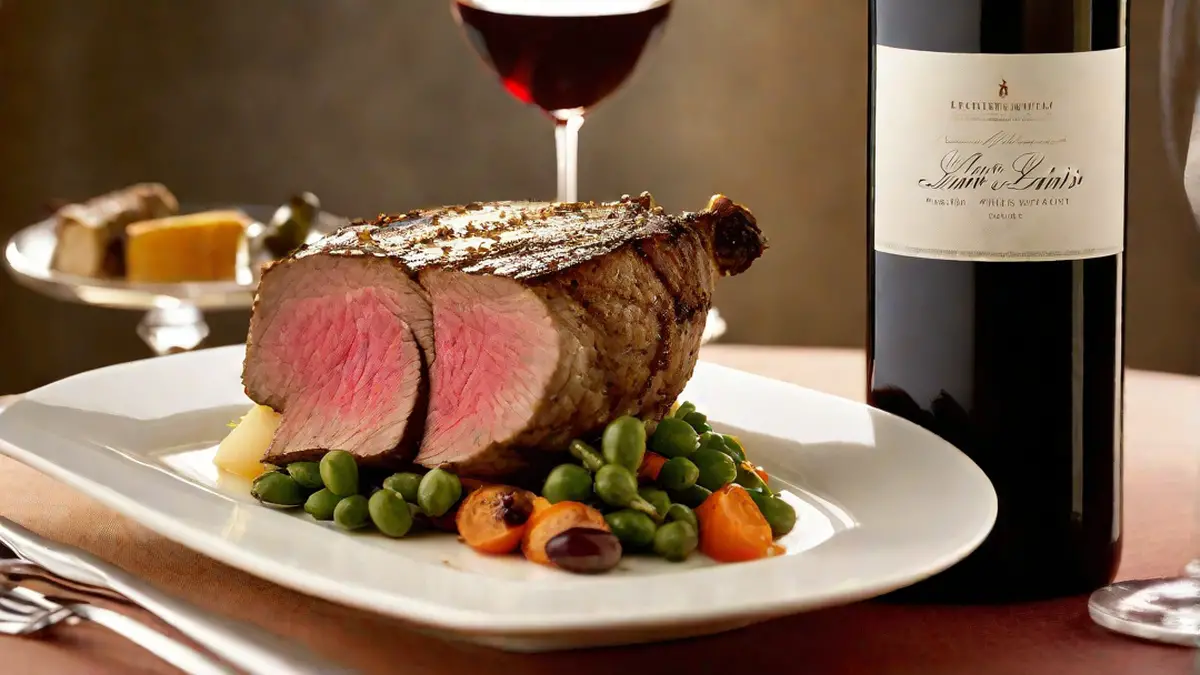As someone who enjoys wine, I frequently take the time to appreciate the intricate details of a bottle – from the type of grape to the flavor profiles. However, one aspect that can be confusing at times is locating the expiration date on a wine bottle. Therefore, in this article, I will delve into the subject, providing my own experiences and knowledge.
Why is There an Expiration Date on Wine Bottles?
Before we get into the specifics of where to find the expiration date, let’s talk about why it even exists. Unlike perishable food items, wine doesn’t exactly “expire” in the traditional sense. However, it does go through changes over time that can affect its taste and quality. The expiration date on a wine bottle is more of an indication of when the wine is at its peak or optimal drinking window.
Winemakers determine this date based on various factors such as grape variety, winemaking techniques, and aging potential. It helps consumers make informed decisions about when to enjoy the wine for the best experience.
Where to Find the Expiration Date
The location of the expiration date on a wine bottle can vary depending on the producer and the region. However, there are a few common places to look for it:
- Back Label: Many wine bottles have a back label that provides detailed information about the wine. The expiration date is often mentioned here, along with other relevant details such as the vintage year, producer’s notes, and serving suggestions. Take a close look at the back label, and you might just find the expiration date you’re looking for.
- Front or Main Label: Some wine producers choose to include the expiration date on the front or main label of the bottle. Look for any text or symbols that indicate a recommended drinking window. It could be as simple as “Best before [date]” or a symbol like an hourglass to represent the wine’s aging potential.
- Neck Foil or Cap: In some cases, the expiration date might be printed on the neck foil or cap of the wine bottle. This is especially common in sparkling wines and champagnes. Check the foil or cap for any printed information indicating the recommended drinking period.
It’s important to note that not all wine bottles will have an expiration date. Some wines, especially those meant for immediate consumption or shorter aging periods, may not provide a specific date. In such cases, it’s best to rely on the wine producer’s recommendations or consult with a knowledgeable wine professional.
My Personal Tips and Commentary
I’ve come across numerous wine bottles with expiration dates in my wine journey, and each time, it has been an exciting moment of anticipation. I find it fascinating how winemakers carefully consider the aging potential of their wines and guide us through the optimal drinking period.
When I spot an expiration date, I make a mental note of it and try to plan my wine-tasting evenings accordingly. It’s like having a little secret to unlock, knowing that the wine is at its prime during that specific time frame.
However, I don’t see the absence of an expiration date as a disadvantage. In fact, it encourages me to rely on my own sensory experiences and explore the wine’s journey as it evolves over time. Sometimes, the best surprises come from wines that have exceeded their supposed expiration dates, proving that wine is an ever-changing and subjective beverage.
In Conclusion
Finding the expiration date on a wine bottle can be an exciting quest for wine lovers. Whether it’s on the back label, front label, or even the neck foil, this date serves as a guide to help us make the most of our wine-drinking experience. However, it’s essential to remember that wine is a living entity, and sometimes the best moments come from breaking the rules and exploring beyond the recommended expiration date.




